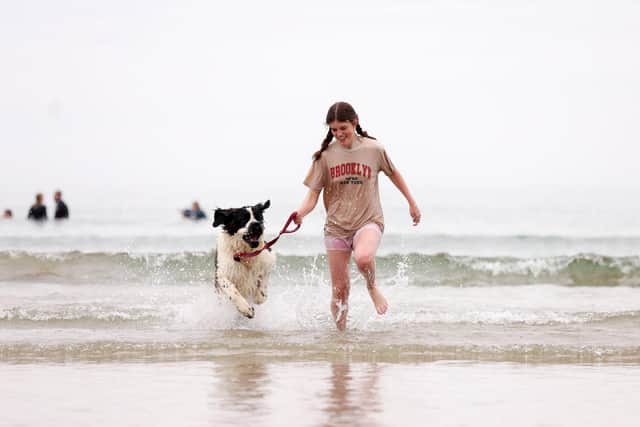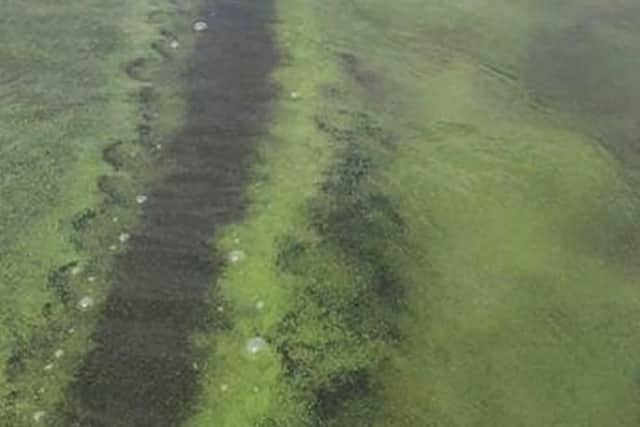Portstewart Strand and Castlerock: National Trust, RNLI and DAERA warning over blue-green cyanobacteria algae which is unsafe for dogs and people
and live on Freeview channel 276
The trust warned that Portstewart Strand has been red-flagged by RNLI and it is unsafe for bathing due to blue-green algae.
The National Trust advised that Department of Agriculture sampling took place on Wednesday 5 July and confirmed the presence of potentially toxic blue-green algae at Castlerock, with suspected blue green algae noted at Portstewart. These are freshwater species and the source is likely to be the River Bann, it added.
Advertisement
Hide AdAdvertisement
Hide Ad“Please protect yourself and others by staying out of the water,” the trust warned.


The Northern Ireland Environment Agency (NIEA) said the National Trust and local council were informed of the algaes and erected warning signs.
"The presence of blue green algae in Lough Neagh has been widely communicated over the past number of weeks and it has now moved downstream with natural flow of water out of the lough through the River Bann, reaching the coast,” it added. “The natural movement of the tides and wave action will break up the algae, with some potentially washing up on the shore. Blue green algae can be harmful to humans and is highly toxic to animals.”
The British Veterinary Association (BVA) recently urged pet owners to take steps to keep their dogs safe when walking near freshwater bodies this summer due to the risk of toxic blue-green algae growth.
Advertisement
Hide AdAdvertisement
Hide AdBlue-green algae, or cyanobacteria, is a group of bacteria that can contain dangerous toxins which can be harmful and potentially fatal to pets, livestock and birds if ingested even in small quantities.


British Veterinary Association President Malcolm Morley said: “Lots of dogs love water and won’t hesitate to dive straight in when they see a lake or go for a paddle in a pond. But toxic blue-green algae is very difficult to identify and, if ingested, can make dogs seriously unwell – and can even be fatal. We’re urging pet owners to keep their dogs on leads near water bodies where blue-green algae has been confirmed or, if unsure if a water body is safe, to keep them away from it completely.”
NIEA is encouraging people to report algae using the free Bloomin’ Algae phone app or on 0800 80 70 60 or [email protected].